Bringing home a new puppy is exciting, but it also comes with the challenge of potty training. Those little accidents on your carpet can quickly put a damper on your puppy bliss. The good news is, with patience and the right approach, you can get your furry friend properly housebroken in no time. Here are 5 simple steps to set you and your pup up for potty training success!
Step 1: Get the Right Supplies
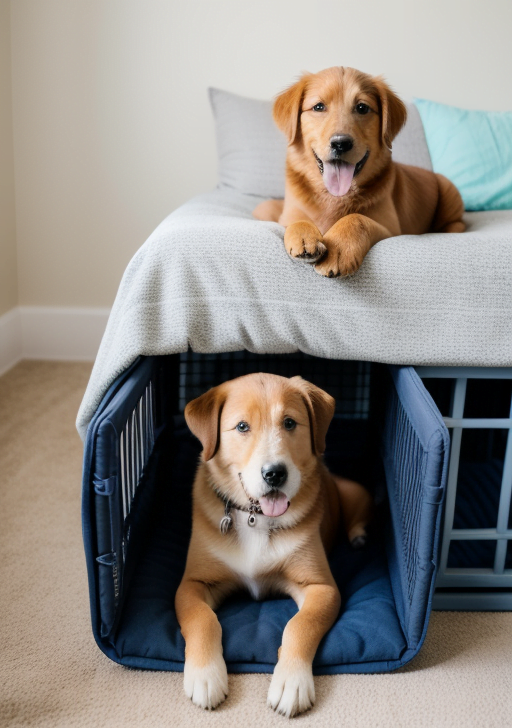
Being prepared with the correct supplies is half the battle when it comes to potty training. You’ll want to stock up on:
Crate or Kennel – This will serve as your puppy’s den and safe space when you can’t directly supervise them.
Enzymatic Cleaner – Puppies are naturally drawn to soiled areas by the lingering odor. Using an enzymatic cleaner will neutralize those smells.
Pee Pads or Potty Turf – Perfect for times when you can’t immediately take your pup outside. Place them in consistent potty areas.
Tasty Treats – Positive reinforcement is key! Have some small, pup-approved treats on hand to reward them for going potty in the right spot.
Once you have your supplies ready, you can start implementing a consistent routine.
Benefits of Artificial Grass for Dogs
Step 2: Establish a Potty Schedule
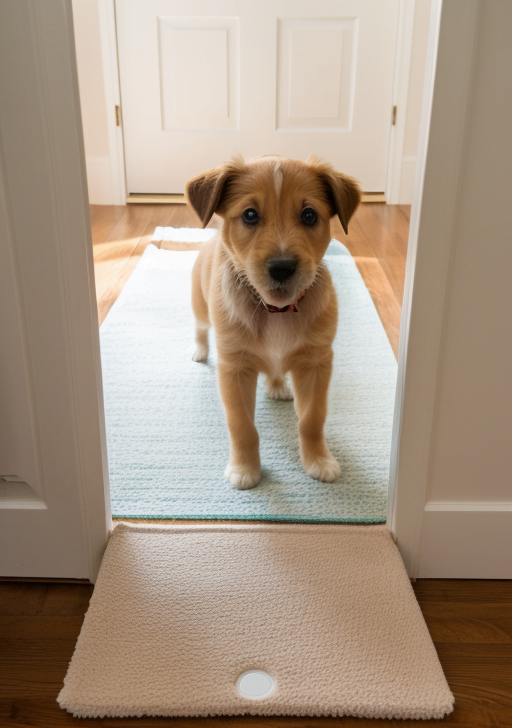
Like babies, puppies don’t have full control over their bladder and bowel movements when they’re very young. Setting up a regular potty schedule is crucial for avoiding accidents. Take your new puppy out first thing in the morning, and then again every 2-3 hours throughout the day, as well as:
- After meals or play sessions
- After waking up from a nap
- Before going into the crate/kennel
Be consistent and patient with your schedule. Puppies need to go out frequently, so sticking to a routine helps them learn when and where they should potty. Over time, you can slowly increase the intervals between breaks.
Step 3: Use a Potty Phrase
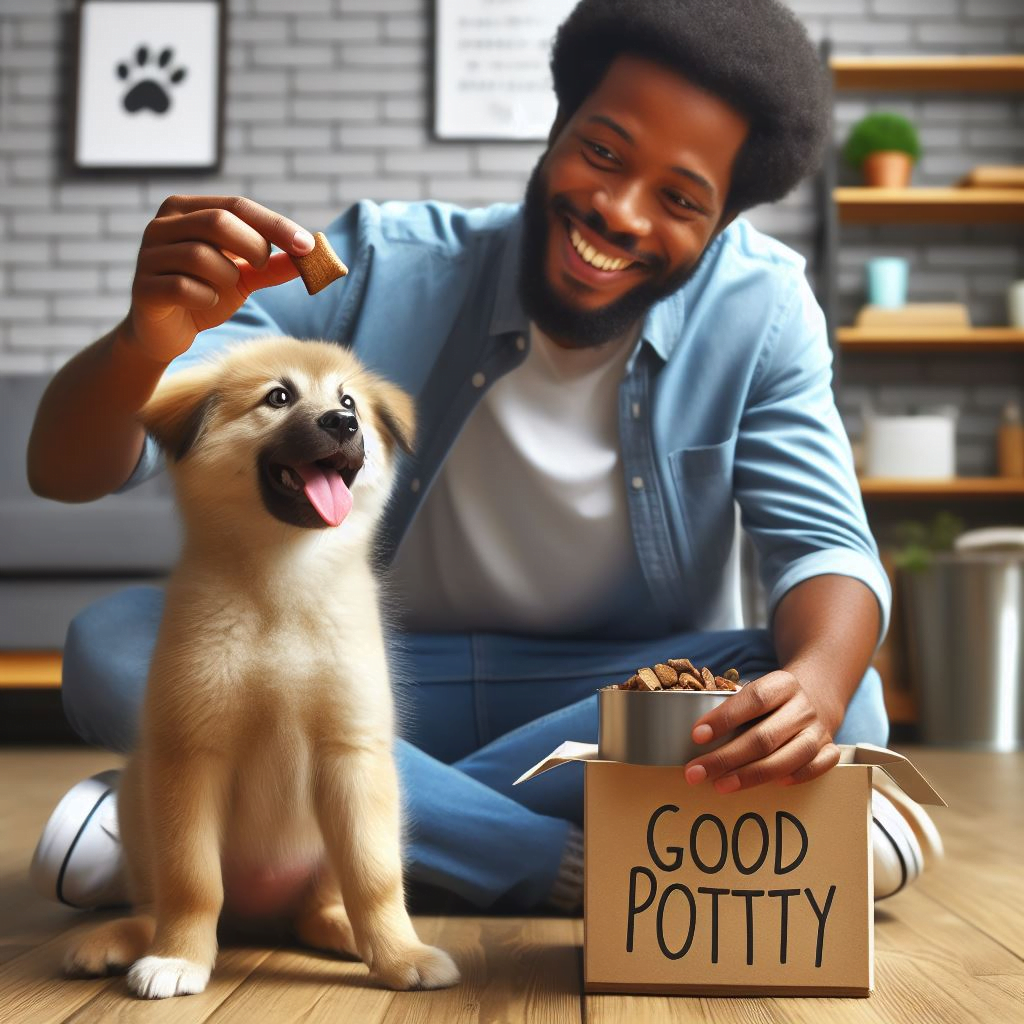
Choosing a simple potty phrase like “go potty” can help your puppy associate those words with the action of eliminating. By using this phrase every single time you take them to their potty spot, it reinforces the behavior you want. Just be sure that every member of the household uses the same short command.
When you see your puppy sniffing around or starting to circle, that’s your cue to quickly scoop them up and take them outside while repeating the potty phrase. Praise and treat them enthusiastically after they finish going in the right place. This positive reinforcement helps that light bulb go off in their little furry brain.
Unveiling the Charms of the Field Spaniel Breed
Step 4: Crate Training is Key
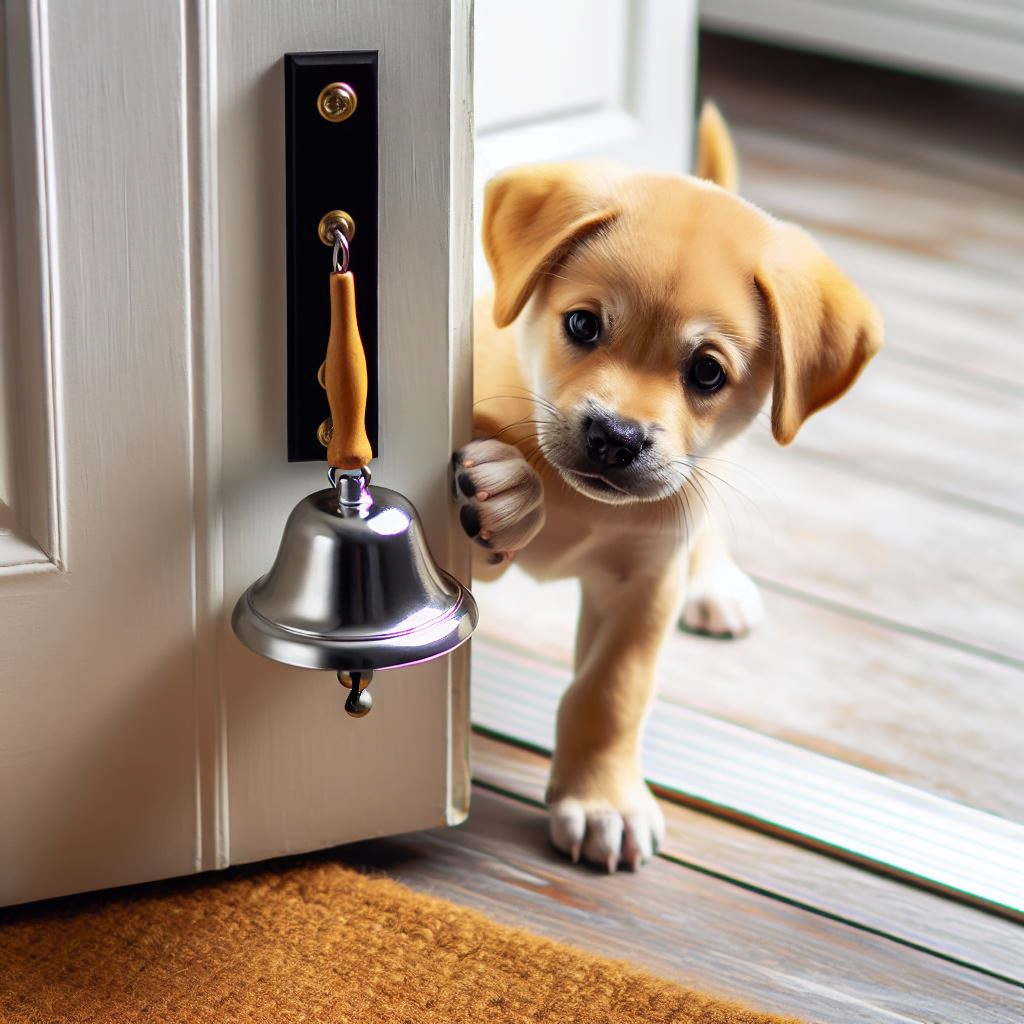
Crates and kennels are extremely useful potty training tools, not cruel cages. Puppies naturally don’t want to soil the area where they sleep, so a properly sized crate acts as their den. It teaches them to hold it when they can’t get outside in time.
The key is to start crate training right away using these tips:
- Only use the crate for short periods while your puppy is still young. No more than 2-3 hours at a time.
- Make the crate a positive place with comfy bedding and safe chew toys.
- Take your pup directly from the crate to their outdoor potty spot when you let them out.
Be patient and make crate time a positive experience with treats and praise. Puppies typically need to be gradually crate trained over time as their bladder control grows. An overnight crated puppy will very likely have an accident if they’re not taken out first thing at the crack of dawn!
Otterhound Puppies: Your Complete Guide to Selection And Care
Step 5: Learn Potty Signals
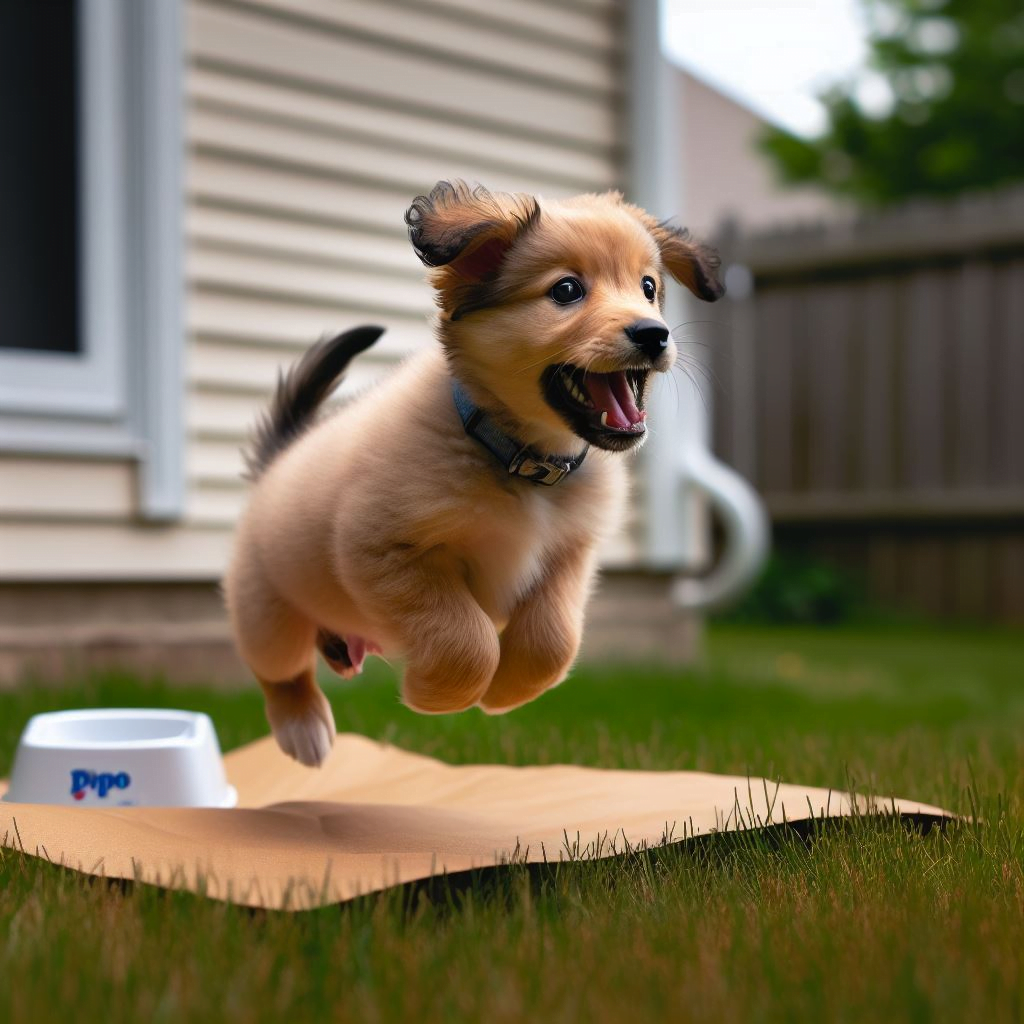
Even with a schedule, puppies can’t always “hold it” until the next potty break. Knowing the common signals that your pup needs to go can help prevent accidents. Some signs they need to potty:
- Sniffing in circles
- Suddenly standing still
- Squatting or going into a hunched position
- Heading towards the door that leads outside
If you see any of those signals, immediately take your puppy to their designated potty area while repeating your potty phrase. Stay with them and dole out treats and praise as soon as they finish going in the right spot. Recognizing their individual signs will only get easier with time.
With commitment to a routine and paying close attention to your new puppy’s needs, potty training is very manageable. Consistency is key, as is remaining patient and calm even when there are setbacks. After all, your furry friend wants to make you happy – they just need to learn the right way to do it!
If you find yourself getting frustrated, just take a step back and think about how quickly your smart puppy is catching on. Celebrate each small potty success as you work toward being fully housebroken. Before you know it, they’ll be graduating from puppy pads and ringing a bell to let you know when they need to go out.
Just remember, your puppy isn’t doing it on purpose if there are accidents. With love, consistency and positive reinforcement, your new buddy will be properly potty trained in no time at all. After all the hard work pays off, you’ll have a trusty companion and friend for years to come.
Pingback: 5 Simple Steps for Puppy Potty Training Success...